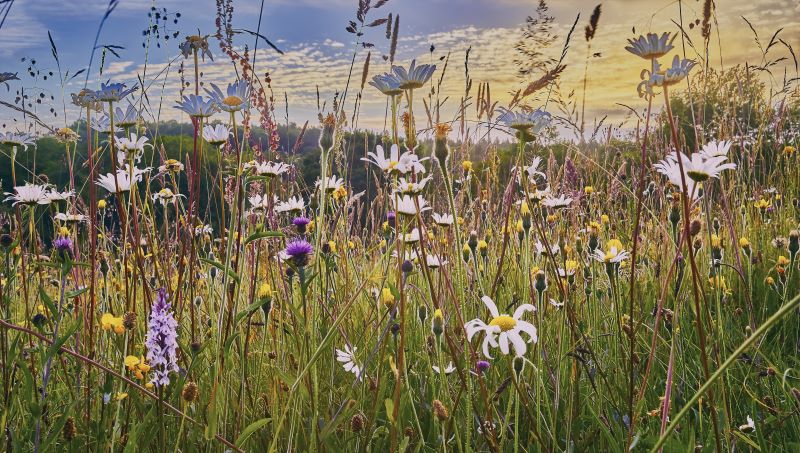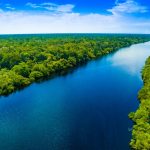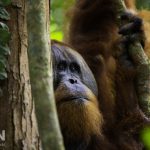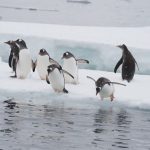Biodiversity Loss: Causes and Solutions
- Categories:
- Climate Change
- Nature

What is biodiversity loss?
Biodiversity describes the rich diversity of life on Earth, from individual species to entire ecosystems. Biodiversity loss therefore refers to the decline of this biological variety, including the reduction or loss of species in certain habitats and the breakdown of ecosystems as a result of this decline.
By 2050, Africa is expected to lose 50% of its birds and mammals.
Biodiversity loss is not only devastating for the species it is directly affecting at the moment; it also brings the threat of human extinction. This is because it leads to more significant ecological disturbances which affect the quality of living on the planet for all residents.
Biodiversity loss is also occurring at an alarming rate – by 2050, Africa is expected to lose 50% of its birds and mammals and the loss of plants and sea life will reduce the Earth’s ability to absorb carbon, thus accelerating climate change.
What are the key causes of biodiversity loss?
There are several causes of biodiversity loss, and they often intersect, but we outline some of the key areas below:
Deforestation
Deforestation and other changes in land use often lead to biodiversity loss. This is primarily because deforestation directly leads to the removal of native tree species, putting them in danger of extinction, as well as the habitat destruction of the animals that live in the forests. Whether through forest fires or land clearing for agriculture, the loss of our forests is having a devastating impact on biodiversity.
Poaching
Poaching, which is the illegal hunting and harvesting of animals, is another major direct threat to species on Earth. Many wild animals are still being poached, even those that are already endangered, which has a devastating impact on individual species, as well as the ecosystems that rely on them.
Industrial agriculture
Industrial agriculture operations cover a vast amount of land on our planet, and they are also a major threat to wildlife and biodiversity. It leads to deforestation and habitat destruction, as we mentioned earlier, but wildlife is also being affected by the associated chemical pesticides and fertilizers.
Pollution
Pollution, including noise and light pollution, affects the ability of species to live or survive in certain habitats and is therefore another contributing factor to biodiversity loss.
Invasive species
Another factor that reduces biodiversity is invasive species. These are species capable of causing extinction of native plant and animals species by competing with them for limited resources and altering habitats.
Overexploitation of species
Overexploitation refers to processes which harvest species from the wild at a faster rate than these populations can recover. The most common types are overfishing and overhunting.
Global warming and climate change
Research has shown that global warming is accelerating the loss of biodiversity, and this only causes a damaging cycle because biodiversity is a major factor in regulating our climate and therefore mitigating the impacts of climate change.
What are some of the key solutions?
Although biodiversity loss is a serious and pressing issue, there are many ways that we can try to combat it, and these involve tackling the key causes above.
Forest protection and tree planting
Trees and forests are essential to our life on this planet, not only because they help to capture carbon but also because they provide a home for many varieties of wildlife. It is essential that we protect our existing forests from exploitation and illegal clearing, as well as supporting reforestation efforts where they are needed.
Restoring damaged ecosystems and conserving endangered species
Conservation is an extremely important element of tackling biodiversity loss as it is one of the ways we can prevent species from going extinct.
Changes to fishing
Overfishing is becoming a massive problem for biodiversity in our oceans, which is why it is essential that we support sustainable fishing practices where possible and fight against the exploitation of our marine populations.
Changes to farming
Agriculture has become a massive threat for species across the world and the scale of industrial agriculture is only exacerbating biodiversity loss and climate change. A more sustainable approach to farming needs to be encouraged, as well as a global shift in attitudes towards our diets and the food we consume.
Legally binding targets for governments
All of the above solutions require intervention from governments in order to be successful on a large scale. This is why one of the most effective ways to tackle biodiversity loss would be for targets to be set by governments worldwide, ideally comprising an international agreement. You can help to lobby the world’s leaders by signing petitions, such as those backed by WWF.
These are just some of the key solutions for tackling biodiversity loss, but anything that fights climate change and prevents the decline of our wonderful variety of life on Earth is very important!
You can help support the work that charities like WWF and Eden Reforestation Projects are doing to tackle biodiversity loss by using SearchScene.










